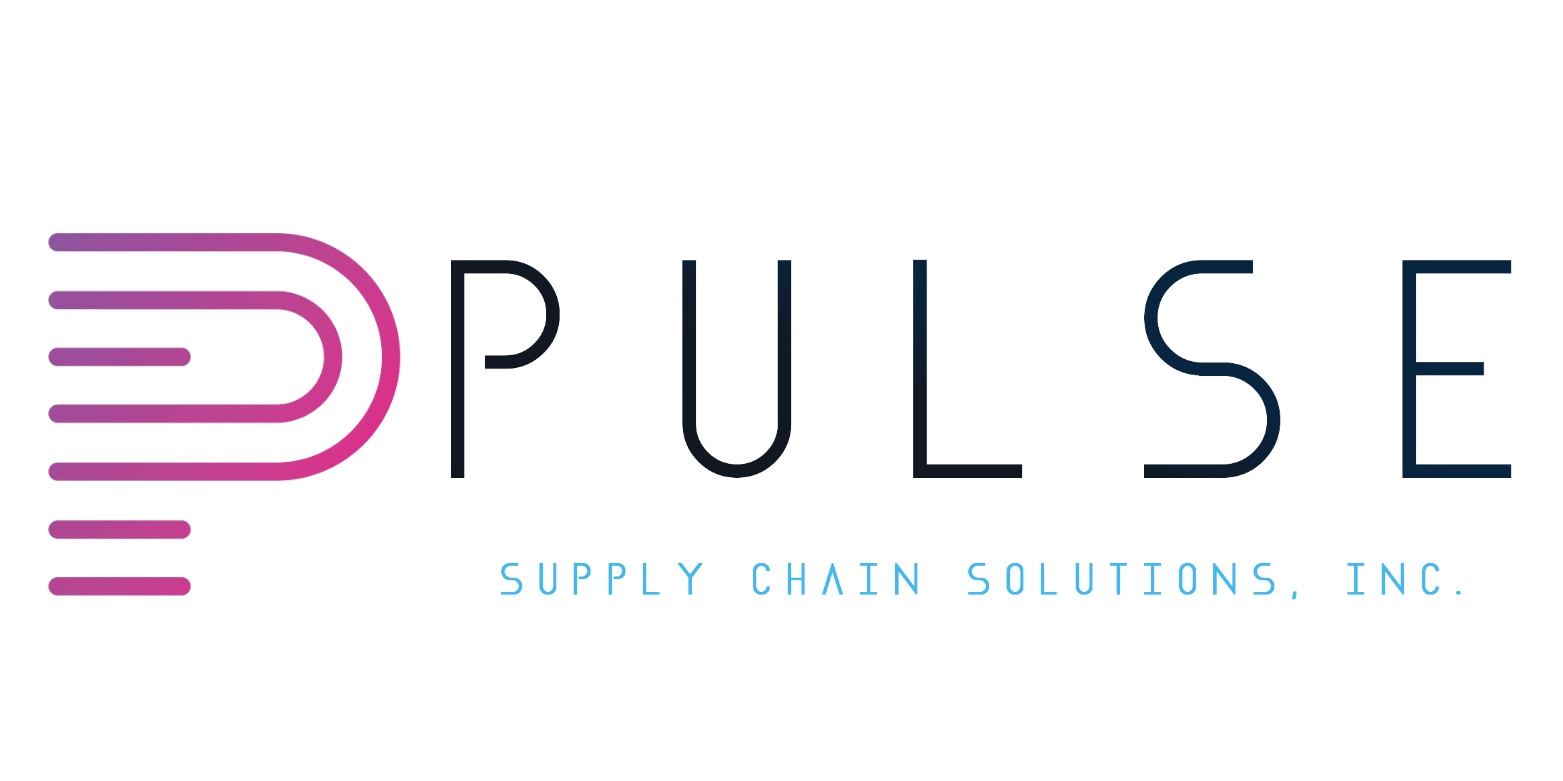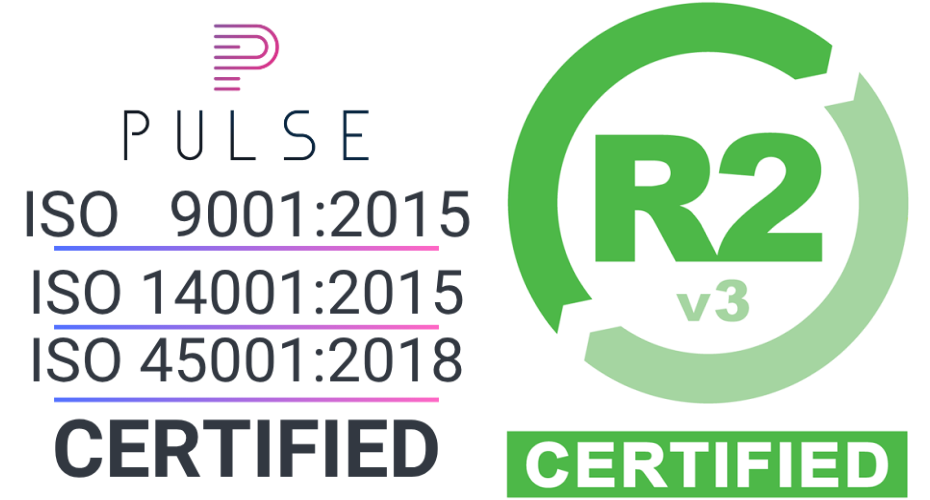
In today’s evolving technological landscape, sustainability is no longer just a buzzword but a pressing necessity. The tech industry, known for its fast-paced innovation and constant churn of new products, is increasingly turning its attention towards circular business models. These models prioritize resource efficiency, waste reduction, and product longevity, thereby aligning with broader environmental goals. However, transitioning to circularity requires more than just good intentions; it demands a robust framework of incentives and innovative strategies.
In recent years, the imperative to address environmental challenges has become increasingly urgent, with climate change, resource depletion, and pollution posing significant threats to global sustainability. In response, businesses across industries are reevaluating their practices and exploring more sustainable alternatives. The tech industry, with its unique position at the forefront of innovation, has a pivotal role to play in driving this transition towards sustainability. Circular business models offer a promising pathway, providing a framework for companies to thrive economically while minimizing their environmental footprint.
Circular business models are rooted in the principles of the circular economy, which seeks to decouple economic growth from resource consumption and environmental degradation. Unlike the traditional linear model of ‘take-make-dispose,’ circular models prioritize the reuse, refurbishment, and recycling of products and materials to maximize their value and minimize waste. In the tech industry, this translates to strategies such as:
Product Redesign for Longevity: Tech companies can design products with durability and longevity in mind, ensuring that they are built to last and can withstand multiple upgrade cycles. This involves using high-quality materials, modular design principles, and standardized components that are easy to repair and upgrade. By extending the lifespan of products, companies can reduce the need for frequent replacements and contribute to a more sustainable consumption pattern.
Remanufacturing: Remanufacturing involves refurbishing used products or components to like-new condition, thereby extending their useful life and reducing waste. Tech companies can establish remanufacturing processes to collect, disassemble, clean, repair, and reassemble products or components, ensuring that they meet the same quality standards as new ones. This not only reduces environmental impact but also offers cost savings and revenue opportunities through the sale of remanufactured products.
Adoption of Innovative Recycling Technologies: Innovative recycling technologies enable the recovery of valuable materials from end-of-life products or waste streams, turning them into new products or inputs for manufacturing processes. Tech companies can invest in advanced recycling technologies such as chemical recycling, mechanical recycling, and closed-loop systems to maximize resource recovery and minimize environmental impact. By closing the loop on materials, companies can reduce reliance on virgin resources and contribute to a more circular economy.
What are the Incentives for Circular Business Models?
Economic Opportunities: Circular business models present significant economic opportunities for tech companies. By extending the lifespan of products and components, businesses can reduce the need for raw materials and lower production costs. Moreover, offering repair and maintenance services can create new revenue streams and foster customer loyalty. Recent data indicates that companies embracing circularity in their operations have reported improved profitability and resilience in the face of supply chain disruptions. For instance, according to a report by Accenture, transitioning to circular business models could unlock $4.5 trillion in economic value globally by 2030.
Regulatory Pressures: Regulatory frameworks around the world are increasingly focused on promoting sustainability and reducing environmental impact. In the tech industry, regulations related to electronic waste (e-waste), energy efficiency, and product labeling are driving companies to adopt circular practices. Compliance with these regulations not only mitigates legal risks but also enhances brand reputation and market competitiveness. As governments continue to tighten environmental standards, the adoption of circular business models becomes imperative for long-term viability. For example, the European Union’s Circular Economy Action Plan aims to ensure that products placed on the EU market are designed to last longer, easier to repair, and recyclable.
Consumer Demand: Today’s consumers are more environmentally conscious than ever before, and they expect the brands they support to share their values. Surveys indicate that a growing number of consumers prefer products that are durable, repairable, and environmentally friendly. Tech companies that prioritize sustainability not only attract eco-conscious consumers but also benefit from positive word-of-mouth marketing and enhanced brand loyalty. By aligning with consumer preferences, companies can gain a competitive edge in the market. According to a Nielsen report, 66% of global consumers are willing to pay more for sustainable brands.
Supply Chain Resilience: Circular business models promote greater resilience in the supply chain by reducing dependency on finite resources and mitigating risks associated with resource scarcity and price volatility. By implementing practices such as modular design, standardization of components, and closed-loop systems, tech companies can enhance the flexibility and adaptability of their supply chains. This resilience becomes particularly crucial in the face of disruptions caused by factors like natural disasters, geopolitical tensions, or pandemics. A study by the Ellen MacArthur Foundation found that transitioning to circular economy principles could reduce supply chain risks by up to 45%.
Innovation and Collaboration: Embracing circularity stimulates innovation within the tech industry. Companies are investing in research and development to create products that are more durable, upgradeable, and recyclable. Collaborations across sectors are also driving innovation, as companies seek to optimize resource utilization and develop new recycling technologies. Recent partnerships between tech firms, recycling facilities, and materials suppliers have yielded promising results, paving the way for a more circular ecosystem. For instance, HP’s collaboration with Smile Direct Club and ALPLA led to the development of polypropylene (PP) plastic that can be recycled repeatedly without quality degradation.
Case Studies and Examples:
1. Apple’s Renew Program: Apple has been at the forefront of circular innovation with initiatives like the Apple Renew program, which encourages customers to return their old devices for recycling or refurbishment. Through this program, Apple aims to recover valuable materials such as aluminum, copper, and rare earth elements from discarded products, thereby reducing the demand for virgin resources.
2. Fairphone’s Modular Design: Fairphone, a Dutch smartphone manufacturer, has gained acclaim for its commitment to ethical and sustainable practices. The company’s modular design approach allows users to easily replace individual components, extending the lifespan of their devices and reducing e-waste. Fairphone also prioritizes transparency in its supply chain, ensuring that materials are sourced responsibly and workers are treated fairly.
3. Dell’s Closed-Loop Recycling: Dell has implemented a closed-loop recycling process for plastics derived from recycled electronics. The company collects old electronics from customers, extracts plastic polymers through a mechanical recycling process, and uses these materials to manufacture new computer parts. By closing the loop on plastics, Dell not only reduces its environmental footprint but also contributes to a more circular economy.
Economic Incentives
Economic incentives play a central role in driving the adoption of circular business models in the tech industry, offering cost savings, revenue generation opportunities, resource efficiency gains, risk mitigation benefits, and competitive advantages. By embracing circularity, tech companies can not only achieve financial gains but also contribute to environmental sustainability and long-term business resilience. As the business case for circularity continues to strengthen, companies that proactively embrace circular business models stand to reap significant economic benefits while positioning themselves for success in a rapidly changing market landscape.
Governments and regulatory authorities also play a critical role in incentivizing the adoption of circular business models in the tech industry. By providing financial support, tax incentives, procurement policies, research funding, and regulatory relief, governments can create an enabling environment that encourages businesses to prioritize sustainability and innovation. These economic incentives not only help companies overcome barriers to adoption but also drive positive environmental outcomes and contribute to the transition towards a more sustainable economy.
Here are some examples of economic incentives governments and regulatory authorities may offer:
Grants and Subsidies: Governments may offer grants and subsidies to support businesses in implementing circular business models. These financial incentives can help offset the costs associated with research and development, pilot projects, infrastructure investments, and workforce training. For example, governments may provide grants to tech companies for developing innovative recycling technologies or implementing sustainable manufacturing processes.
Tax Incentives: Tax incentives are another common form of economic incentive used to promote circularity in the tech industry. Governments may offer tax credits, deductions, or exemptions for companies that invest in sustainable practices, such as using recycled materials, reducing energy consumption, or implementing waste reduction initiatives. Tax incentives can help lower the overall cost of adopting circular business models and provide companies with a financial incentive to prioritize sustainability.
Financial Support Programs: Governments may establish financial support programs, such as low-interest loans or loan guarantees, to facilitate investments in circular business models. These programs provide businesses with access to capital at favorable terms, making it easier for them to finance sustainability initiatives and infrastructure upgrades. By reducing financing costs and improving access to capital, financial support programs can accelerate the adoption of circularity in the tech industry.
Procurement Policies: Governments can use their purchasing power to incentivize circularity in the tech industry through procurement policies. By incorporating sustainability criteria into procurement decisions, governments can create demand for products and services that adhere to circular principles. For example, governments may prioritize purchasing electronics from manufacturers that offer take-back programs or use recycled materials in their products. By creating a market for circular products and services, procurement policies can stimulate innovation and investment in sustainable practices.
Research and Development Funding: Governments may allocate funding for research and development initiatives aimed at advancing circularity in the tech industry. This funding can support collaborative research projects, technology development, and knowledge transfer activities that promote innovation and sustainability. By investing in R&D, governments can spur technological breakthroughs, drive cost reductions, and accelerate the adoption of circular business models.
Regulatory Relief: Regulatory authorities may provide regulatory relief or exemptions for companies that demonstrate a commitment to circularity and sustainability. For example, companies that meet certain environmental performance standards or participate in voluntary sustainability programs may be eligible for regulatory relief, such as streamlined permitting processes or reduced reporting requirements. Regulatory relief can help incentivize companies to invest in sustainable practices by reducing compliance costs and administrative burdens.
While the benefits of circular business models are clear, the transition towards circularity can be challenging, particularly for tech companies accustomed to traditional linear models. One often overlooked aspect is the need for a supportive incentive structure that encourages and rewards sustainable practices. Governments, industry associations, and financial institutions play a crucial role in shaping this incentive structure through policy incentives, subsidies, tax breaks, and access to financing. Additionally, there is a need for greater awareness and education among stakeholders about the economic, environmental, and social benefits of circular business models. By addressing these gaps, we can create an enabling environment that incentivizes and accelerates the adoption of circularity in the tech industry.
As sustainability continues to rise to the top of the corporate agenda, tech companies are recognizing the imperative to adopt circular practices. By leveraging these incentives and embracing innovation, the tech industry can pave the way towards a more sustainable and resilient future, where economic prosperity is no longer at odds with environmental stewardship. Through collaboration, creativity, and a shared commitment to circularity, we can unlock the full potential of technology to drive positive change on a global scale. However, to fully realize the benefits of circular business models, there is a need for a supportive incentive structure that encourages sustainable practices and fosters collaboration across stakeholders. By addressing this overlooked aspect, we can accelerate the transition towards a circular economy and create a more sustainable world for future generations.


